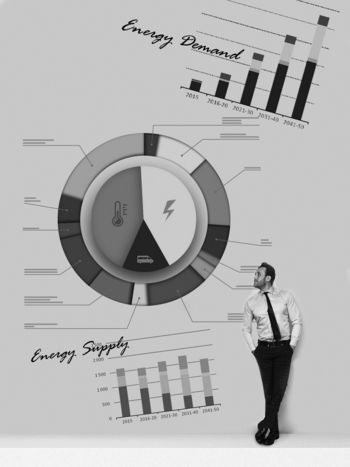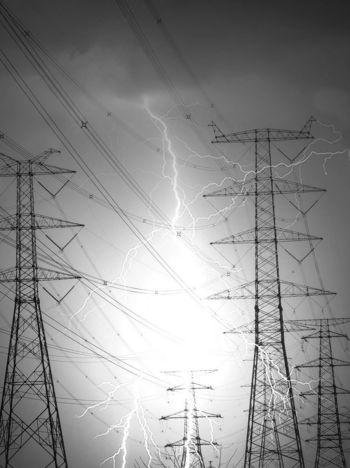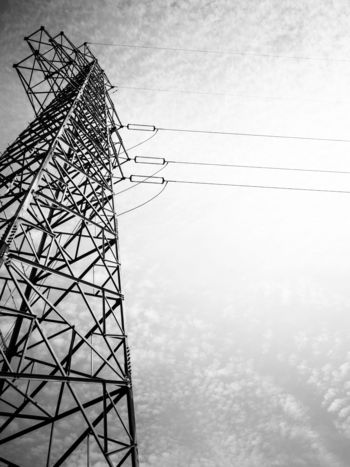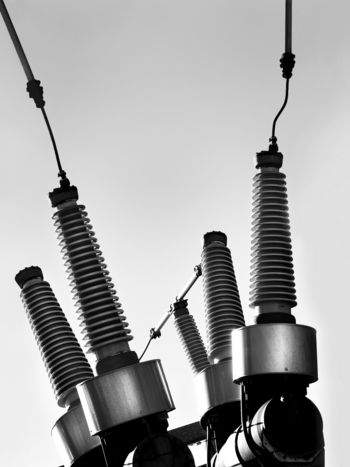Capabilities and requirements definition for power electronics based technology for secure and efficient system operation and control
The worldwide energy landscape is undergoing a transition with different pace in different parts of the world. From system operation perspective, the main contributing factors identified with regards to this ongoing energy transition are threefold, as explained next.
Convenor
(NL)
J. VAN PUTTEN
J. ANTOLIN MORALES (ES), V. SEWDIEN (NL), N. KIRBY (US), P. MAIBACH (CH), R CHATTERJEE (US), O. DESPOUYS (FR), A. HERNANDEZ MANCHOLA (DE), C. SMITH (UK), J. KJÆRGAARD (DK), F. PARMA (IT), R. DE GRAAFF (NL), D. GLAISE (FR), A. JANSSON (NO), O. BRONCKART (BE), Y. GU (UK), J. PEIRÓ (ES), L. YANG (BE)
Corresponding Members: M. VAL ESCUDERO (IE), S. KYNEV (US), A. LUKASCHIK (DE)
First, the transmission system connected conventional synchronous generators are rapidly being replaced by transmission and distribution connected variable renewable energy sources (RES) such as wind and solar generation, which are usually connected through power electronics converters. Due to their intermittent and uncertain nature, these RES introduce a variable production pattern in the generation mix, resulting in a wide variety of operating conditions ranging from almost no conventional synchronous generation due to high RES production to opposite conditions with no RES generation.
Second, the regulatory framework influences the design, planning and operation of the power system. Network codes and other regulatory requirements need to continuously provide an adequate framework to facilitate the ongoing transition. A harmonised regulatory framework is imperative not only on transmission, but also on the distribution level. This regulatory framework often evolves at slower pace than the ongoing generation transition.
Third, increasing public opposition for new overhead lines, combined with high costs and limited experience in design of long underground cables, result in a slow pace of realisation of new transmission facilities. The exceptionally long times required to build additional transmission capacity increases the likelihood of operating the system using congestion management schemes and closer to its security limits.
Taking these observations into account, the energy transition poses an important operational challenge for System Operators: how should the future, non-fully synchronous generation based power system be operated at an affordable cost, while guaranteeing at least the same level of operational reliability as today?
Aims of the Joint Working Group
The goal of the Joint Working Group was to answer this question by assessing best practises, technology capabilities and requirements for the integration of power electronics based technologies in the electrical power system, focussing on its usage for system operations and control. In order to prepare for the near future the joint working group aimed to bridge the gap between the technology experts and the system operation experts and to create insight in the technical capabilities of the power electronic devices and system operational practises. This helps power electronics and system operation experts to better understand each other's reality and thus enhances the implementation of power electronics in system operation and control.
All of this gives insights in the ways power systems could be operated with the increasing amounts of power electronics interfaced devices, while satisfying today’s level of operational reliability.
One of the fundamental issues that first needed to be addressed was gaining insight in the operational challenges associated with the future power system. This insight was achieved based on extensive literature review and complemented by two surveys. An overview of the identified challenges is given in Figure 1. It was proposed to group these challenges into the following three main categories, taking into account that some challenges fit in more than one category:
Challenge 1: Lack of voltage and frequency support
Transient and steady state stability will remain crucial, i.e. frequency and voltage support requirements of the system will need to be maintained. This category deals with issues that result from the specific behaviour of power electronics interfaced generation (PEIG) compared to existing conventional synchronous generators.
Challenge 2: New operation of the power system
This category of issues identifies areas where how we operate the power system needs to change. This includes the people, processes and tools in system operation that observe the bulk electric system and take necessary actions to maintain reliability.
Challenge 3: New behaviour of the power system
With increasing penetration of power electronics interfaced devices (PEID), the power system behaviour and response are bound to change. This category of identified issues focuses on new behaviours that are or will be observed in the power system.
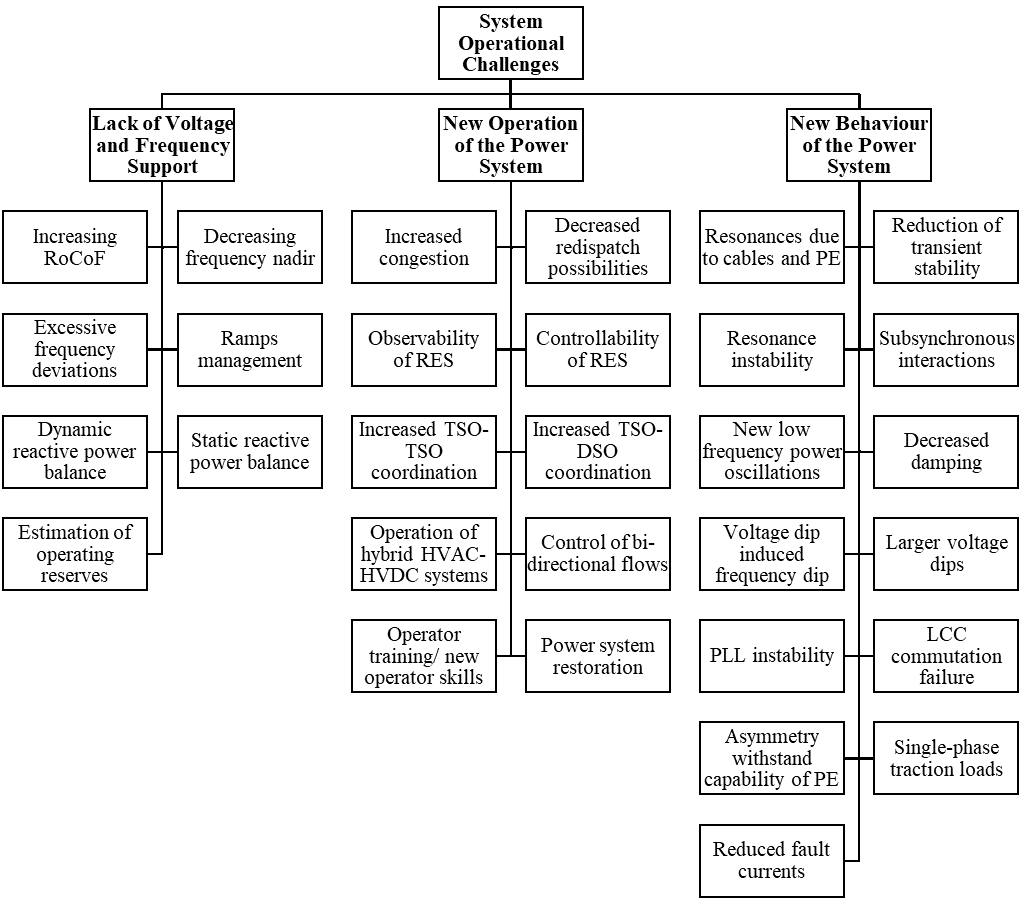
Figure 1 - Overview of system operational challenges resulting from the energy transition
Contents of the Technical Brochure
The challenges, complemented with system operators’ experience, are described in detail in the Technical Brochure.
The Technical Brochure moves on to describe the different capabilites that power eletronics interfaced devices possess. The power electronics devices that are considered include HVDC converters, flexible alternating current technology system controllers and power electronics interfaced generation such as wind turbine generators and battery energy storage systems. The capabilities that are addressed are categorized in physical cabilities (e.g. overload), grid forming capabilities (e.g. inertial response), damping capabilities and a last category grouping all other capabilities (e.g. phase unbalance compensation).
One of the major contributions of this Technical Brochure is the development of a mapping table, were those capabilities of the devices were identified that can help to mitigate some of the operational challenges of Figure 1. It should be stressed that the table does not indicate that the technologies by default have the capabilities available, but it rather indicates where additional modifications or equipment could be added to provide such capabilities. The Technical Brochure also provides practical and academic examples where capabilities were actually already used to mitigate some of the challenges.
Further in this Technical Brochure design considerations to enable the integration of the ever increasing numbers of power electronics interfaced devices in the existing power grids are briefly discussed. The focus here is on the early stages of design, engineering and taking into operation, where the system operators and vendors work in close cooperation.
Conclusion
The work in this Technical Brochure highlighted not only different operational challenges associated with the energy transition, but also showed that the power electronics interfaced devices have many capabilities to help mitigating some of these challenges. A table, mapping the capabilities of these devices to the operational challenges, was produced and can be used as a quick reference for identifying solutions to operational challenges. When looking for which technology can help to solve operational challenges.
Finally, the Technical Brochure gives some recommendations for further work in this field.
These recommendations include the design and use of grid forming controls, the development of interoperability standards, the need for a thorough reassessment of protection philosophies and the increasing need for enhanced power system modelling techniques and simulation tools.

